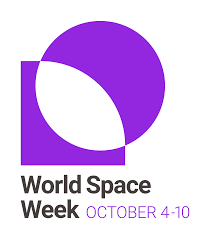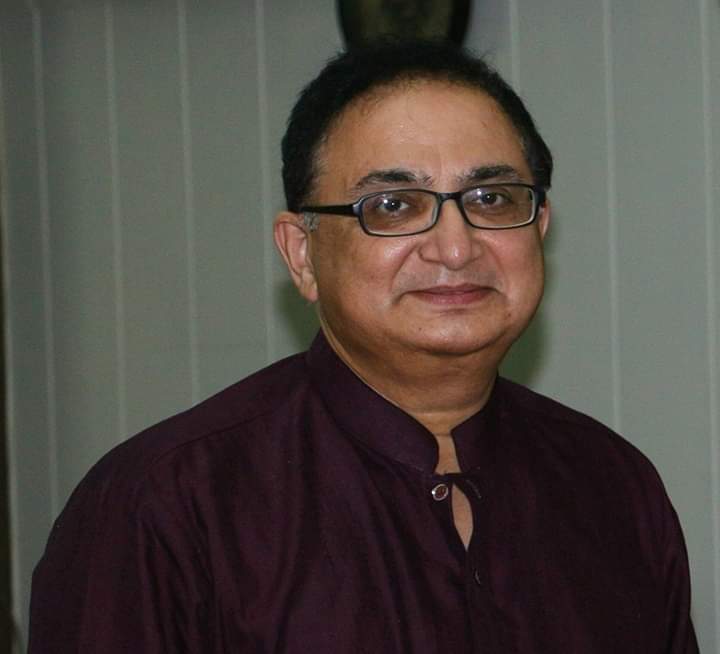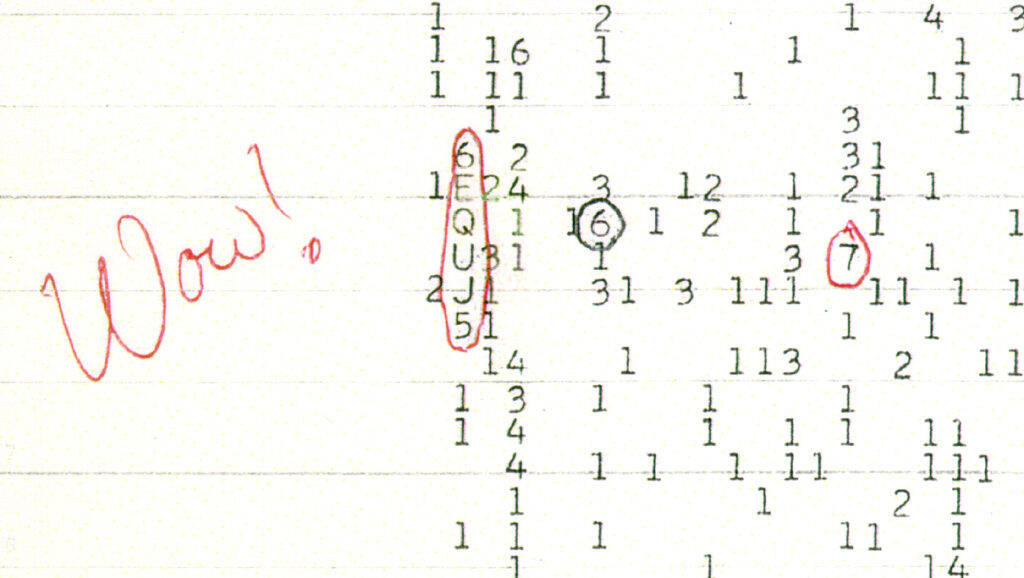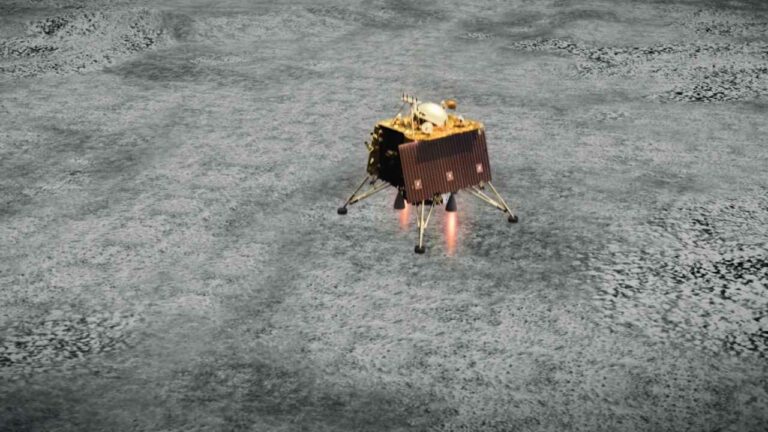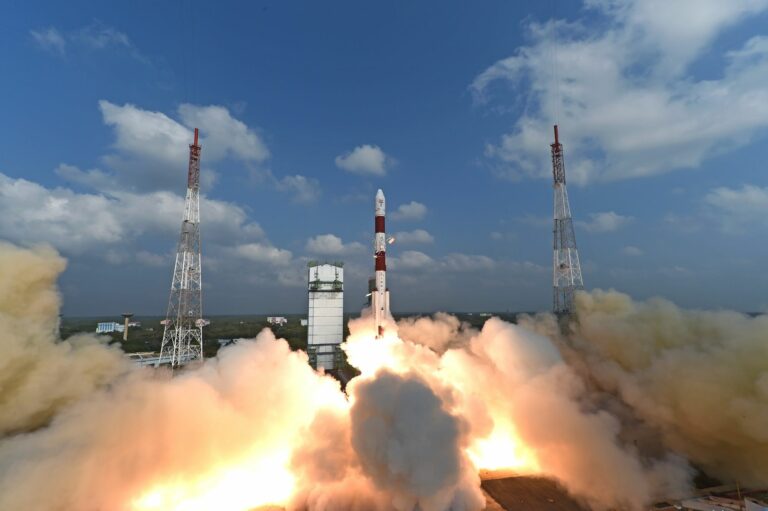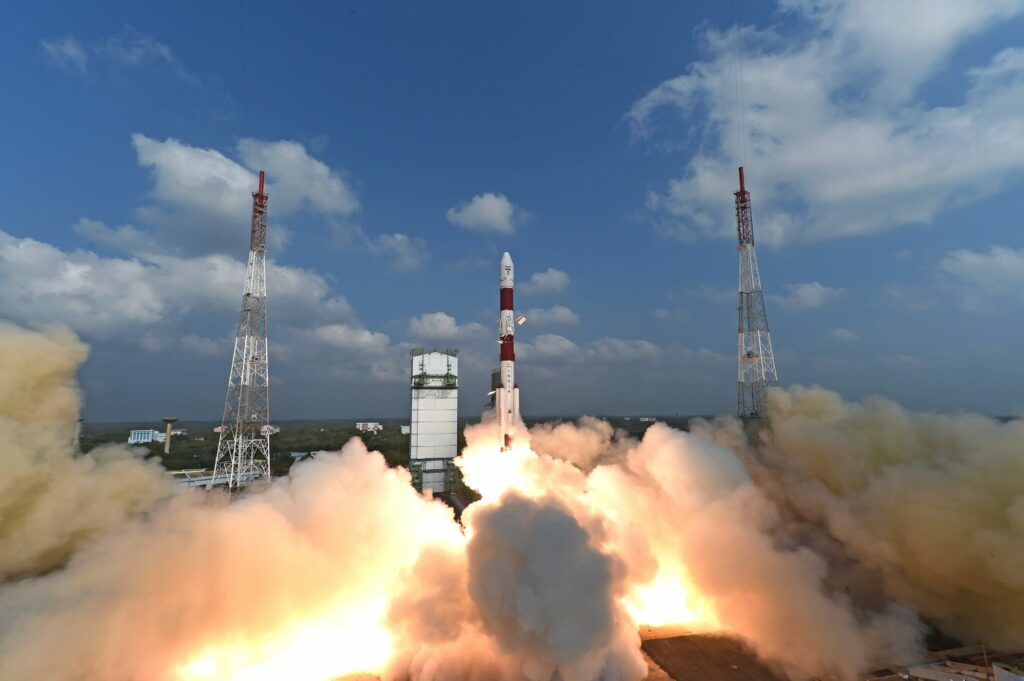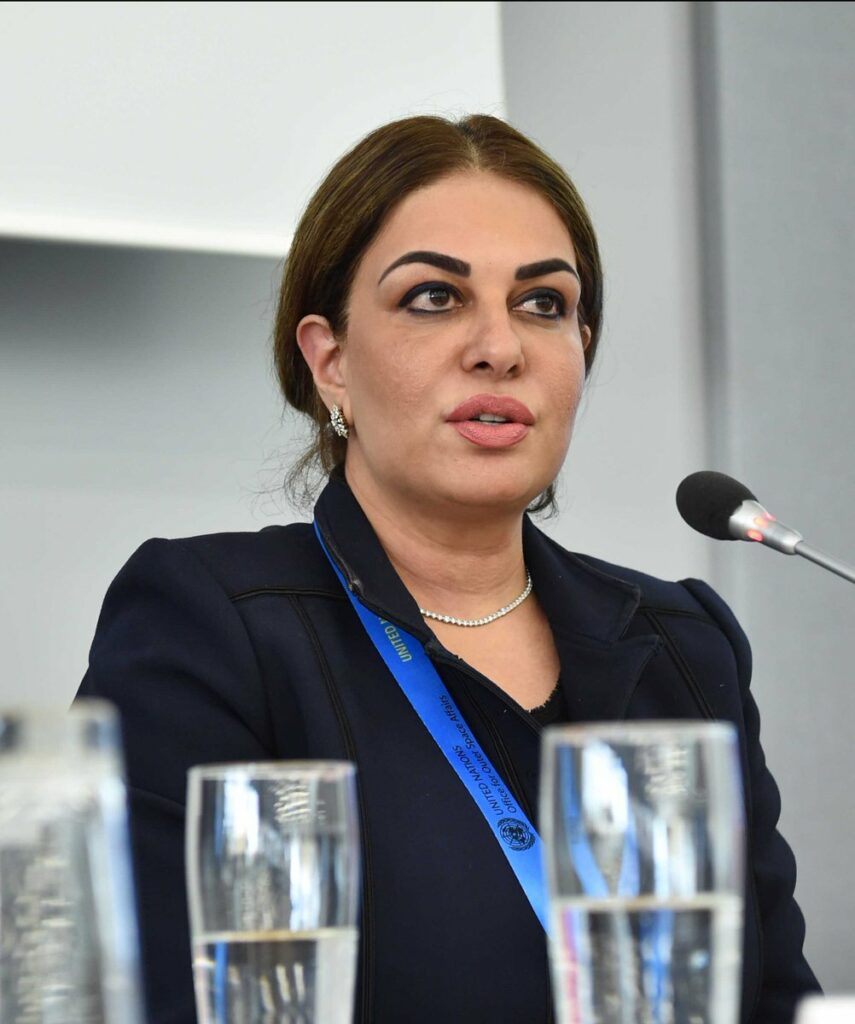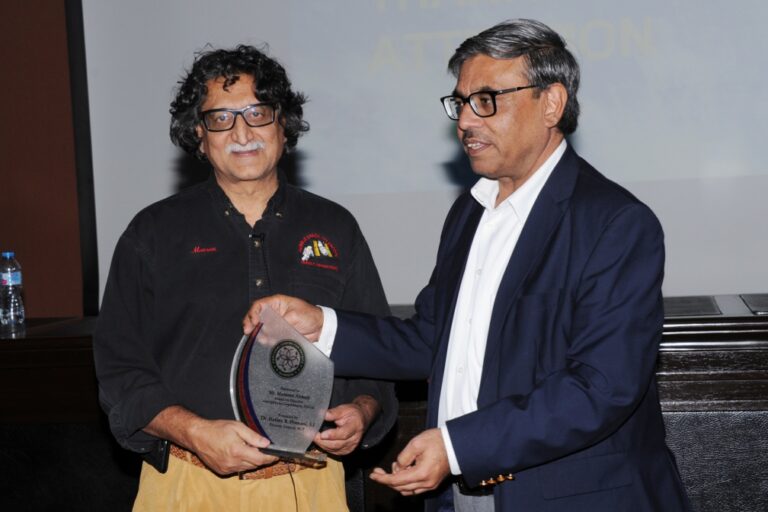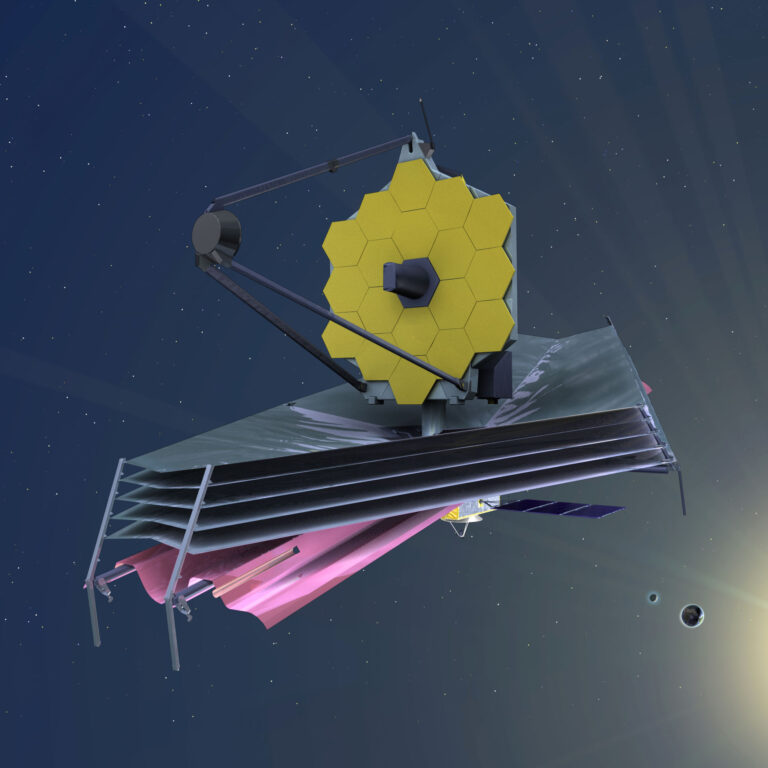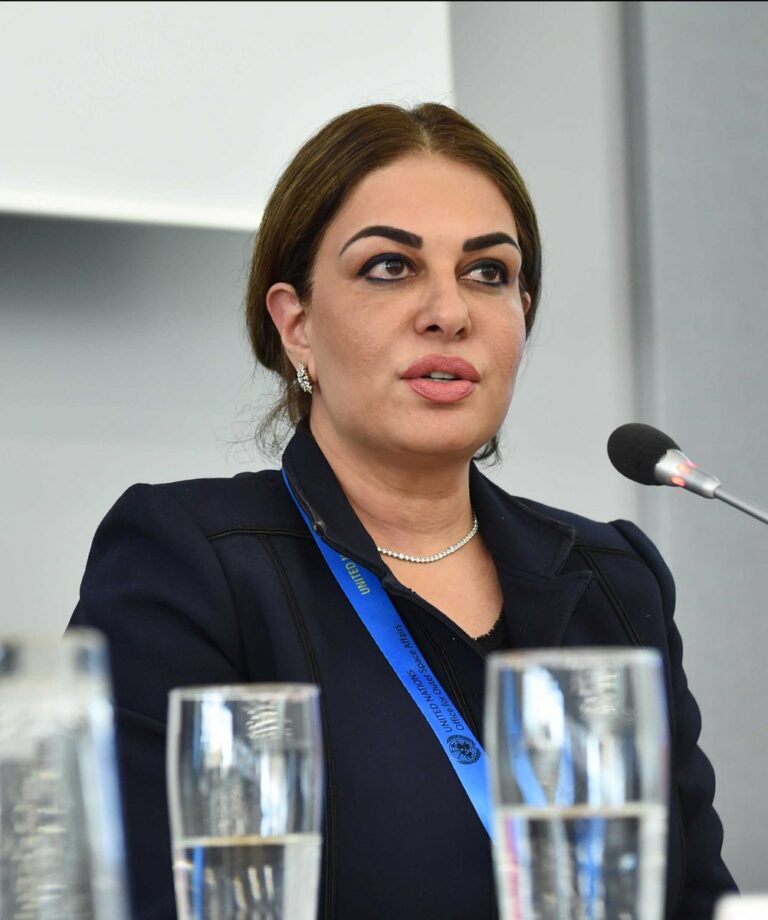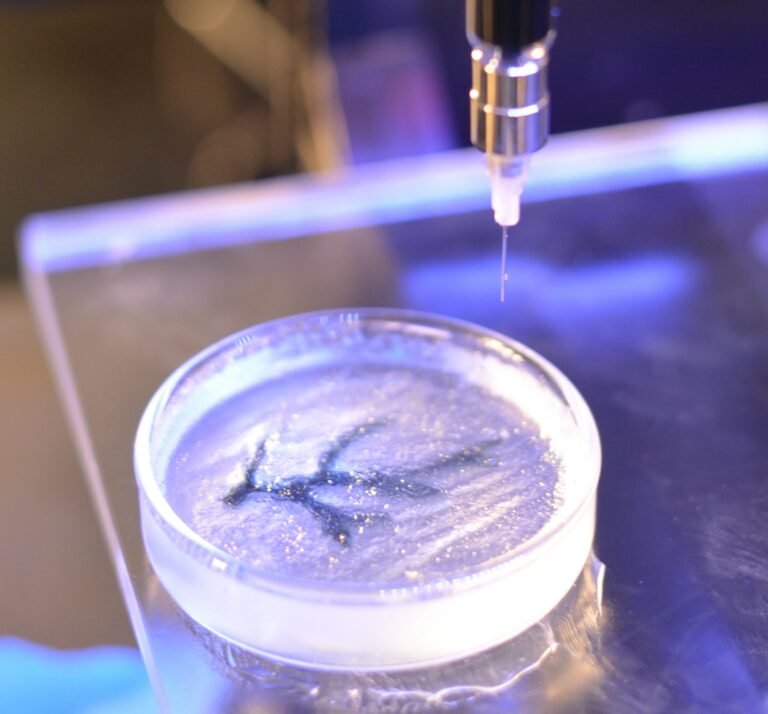Following the theme of our Astrobiology edition, we asked our readers to share their views on man’s search for life. Here is the latest part!
Questions on Astrobiology
- 1. How do you view astrobiology? What will be your definition of it?
- 2. How many chances are there for the existence of ExtraTerrestrial life and has it made any contact with us yet?
- 3. What do you think about the “WOW Signal” and other theories about aliens?
- 4. What can life look like on other planets? Can it be like what we see in popular culture or not?
- 5. Should we able to unravel the mysteries about our origin on this planet after learning about ExtraTerrestrial life? How can it be so?
Also Read: Syed Muneeb Ali on Astrobiology
Shahzaib Siddique
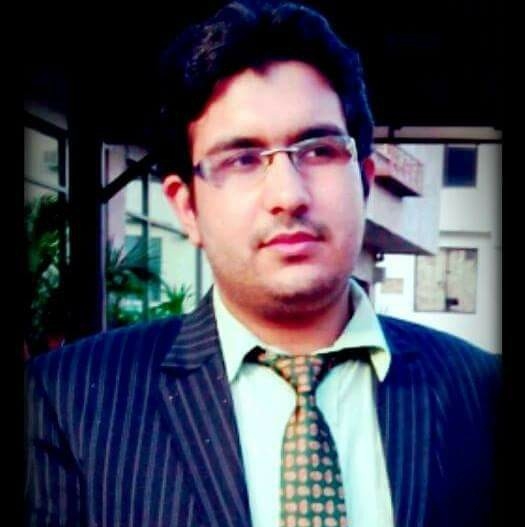
Shahzaib Siddique is a science writer based in Islamabad, who frequently contributes to various websites and is an avid blogger. He is also a YouTuber and presents science documentaries in Urdu on his channel. Here is what he had to say:
1. Astrobiology is one of the mysterious subjects for me (like quantum physics), and I think in the future, if we find any kind of life in the universe, then Astrobiology will gain a key position in Astronomy. Astrobiology introduces us with new dimensions, to understand the mechanism of universe.
2. I personally believe that there is a 99% chance of any extraterrestrial life because on earth life is composed of some basic elements, which are scattered throughout the universe.

3. As we have already explored the source of “Wow Signal” and mystery of Tabby’s Star has also been resolved, therefore, I don’t believe these signals/signs were associated with some kind of aliens.
4. It’s very difficult to imagine even the glimpse of what the extraterrestrial life would be like, but one thing is for sure that “Aliens will not look like the Humans” because evolution is a random process, and even if we rewind all the history, and start evolutionary journey from the Bacteria, then there will be 99% chance that evolution will fall on some other track, and after 4.5 Billion years we’ll be able to witness life, which can be totally different as compared to humans.
5. I think we’ll be trapped in some more complications, whether if we find extraterrestrial life or not… Both have different complications because the universe is not easy to understand. Therefore, J. B. S. Haldane said, “the universe is not only queerer than we suppose but queerer than we can suppose.”
Naeem Ahmed
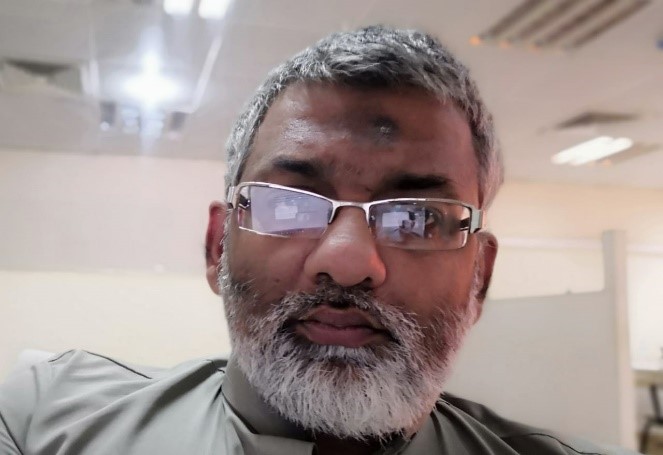
Naeem Ahmed is an informal student of astronomy working as a government employee in Lahore and has a desire to see Pakistan among the leaders of space science. He shared his thoughts as follows:
- Apparently it means the study and search of life on planets and places in the universe other than the earth. But the question is what does really mean by life? Unless and until Science defines life explicitly, the quest for extraterrestrial life may be directionless. Water and oxygen may not necessarily be the vital elements for life. Some microorganisms on this earth can live without oxygen. Anaerobes are the classification of bacteria that can survive without oxygen. According to Quranic verses, angels and jinns are allowed to visit anywhere in the universe. These creatures are not supposed to rely on water and oxygen. How would science define their existence on other planets? Astrobiology, in my opinion, is a branch of science that is looking for signs of life dependent on water and oxygen and the hosting place of such life can be a habitat for humans.
- Keeping in mind the definition of life mentioned above, there are fifty percent chances that such life may exist in the universe other than the earth because we don’t have evidence in favor or against the extraterrestrial life. So far no evidence is found that aliens ever tried to contact us. Although certain claims by individuals exist on the internet that aliens or UFOs were seen at various places around the world but these claims are not acceptable by experts.
- These signals received by Professor of Astronomy in St. Petersburg College Florida, Mr. Antonio Paris and his team firstly on Aug. 15, 1977, when they were working on radio observatory in Ohio and secondly after 40 years around 2017 while observing the star Sagittarius with a radio telescope of 10 meters. Interestingly on both occasions, a comet (266P/Christensen) was found in that area covered with clouds of hydrogen. So Mr. Antonio opined that the signals were reflected when radio waves of the telescopes touched those hydrogen clouds. All other theories regarding WOW signals cannot be entertained after Mr. Paris’s opinion about those signals. So we can say that aliens are still fiction.
- In my opinion, the chances of finding the life exacting as we find on earth are very rare because of a combination of mass, gravity, climate, magnetic field and proportion of water and land as it is found on earth, very impossible to find anywhere else in the universe. Even it is very difficult to find life as is described in various religions and cultures except for Islam. As a Muslim, I believe that angels, jinns or any other immaterial creatures may be found in the universe other than earth.
- I am sure that man cannot solve this mystery depending on his wisdom only, even if he finds trails of extraterrestrial life in this universe because science does not accommodate the sayings found in divine books. We believe that man was sent from heaven (Jannat) to earth but science is not able to access Jannat tracing that mystery. Furthermore, there are scientific theories supporting that religious explanation of our origin on this planet that the evolution of mankind was not completely terrestrial. Although these theories are yet to be approved.

